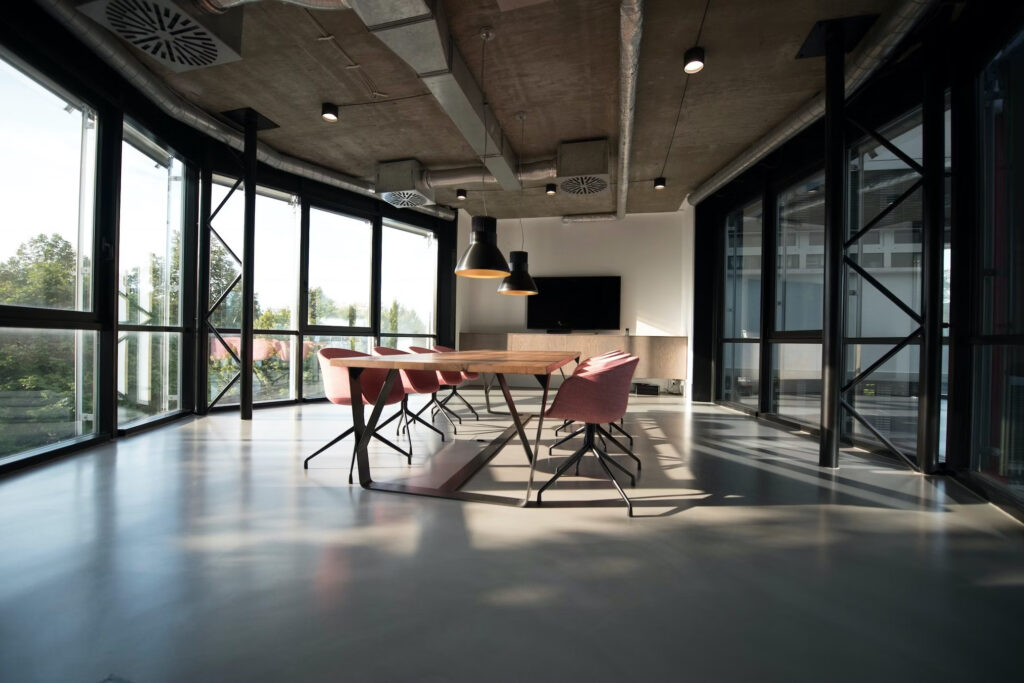The way we work and the words “remote” and “hybrid” have been a lot more relevant in the recent years, started by the pandemic in early 2020. Research data from LinkedIn showed that between March 2020 and December 2021 remote work opportunities grew by 1117%. Now, almost 4 years down the line since the beginning of this era, several employers are pushing for things to return back to normal and workers are often required to commit to a fully on-site or hybrid model.
In our industry, major companies such as AstraZeneca for example, are bringing back a 3-day per week on-site policy which creates mixed feelings amongst employees. Ultimately, this poses the question – Fully on-site, hybrid or Remote, and should we return to office?
Fully on-site can be positive for learning opportunities, team building and culture creation, social aspects and developing personal relationships with other people as everyone spends 40 or more hours per week together, as well as easier monitoring of activity from an employer standpoint. On the flip side, commute becomes a daily occurrence and with the average commute being around 45 minutes each way, this adds up to 7 hours per week – which is almost one full working day. Other downsides include the lack of flexibility to perform other tasks such as school drop offs/pickups for parents, and other admin tasks that employees can do in break times whilst working from home (cleaning, cooking etc).
Hybrid is a balanced working arrangement with 2-3, 3-2 often even 4-1 office-home split each week, which at the moment and post-pandemic is the most common practice amongst most companies. This offers some of the advantages that the above model offers (including culture, social, monitoring aspects), but additional provides greater work-life balance and the opportunity for each employee to work around their daily schedules. On the other hand, the main problem becomes when there’s a big productivity change between office and remote days, Fridays typically being a prime example that KPI’s and activity drops when people work from home, making management hard and often awkward conversations to take place. This is mostly the reason that companies are trying to push ever so slightly the fully on-site model, as I’d possibly would make the most out of each employee.
Remote or work from anywhere policy. Recent research on this policy shows that 46% of employees would take a 5% pay cut for the opportunity to work fully remote. This may seem perfect for a lot of people – it offers flexibility, it’s cost-effective in terms of reducing costs of commuting and food, often provides travelling opportunities if a company allows a “work-from-anywhere” policy. However, remote working may not be as flawless as it’s often portrayed. Distractions, mental health deterioration, isolation and communication challenges are some of the main problems that data has shown in the last few years.
Ultimately, the answer for the best style of work is often on a case-by-case basis as there are several different factors in each workers situation. Specifically, for roles in our industry the answer varies from job role and experience. For example, for a junior R&D team member it’s quite hard to make an argument that working from home is the perfect way forward, as their work involves on-site or laboratory presence, whilst also learning and cultivating experiences from more senior members of the team and management. The situation is a lot more different for a senior scientist whose work is often computer-based and on project deadlines that require little to no supervision, making office presence often seem unnecessary.
In conclusion it all gets down to productivity, the unique value each employee contributes to the success of the business, and the reason to be in the office. What is most important for everyone to understand is that for organisations to be successful, the place where work is performed should not affect productivity which will make both employees and employers most satisfied.
Fully on-site, hybrid or Remote – Should we return to office?

